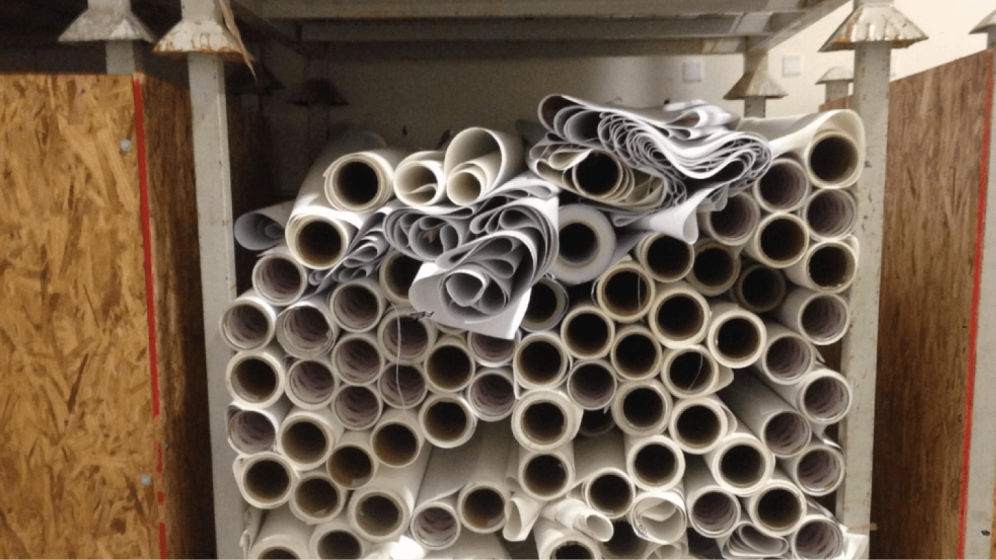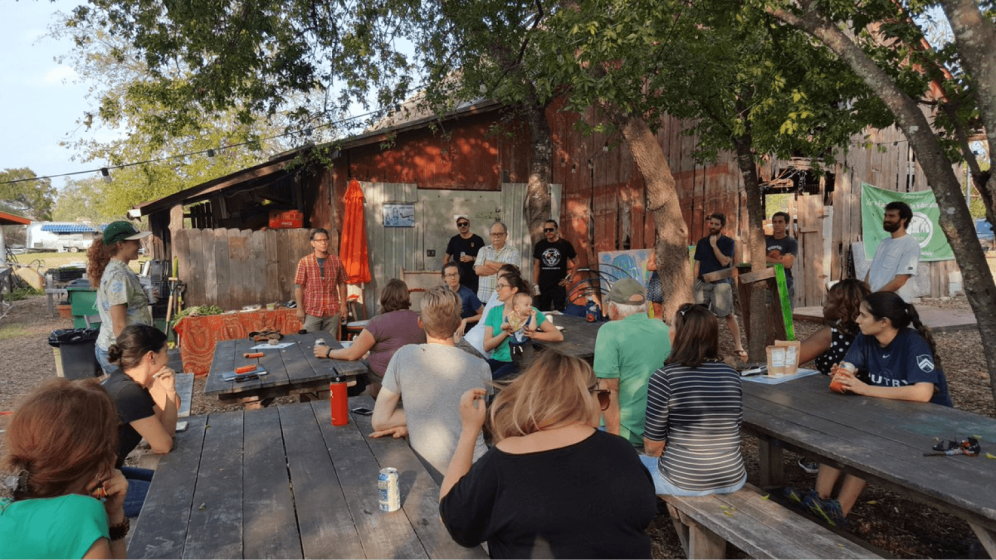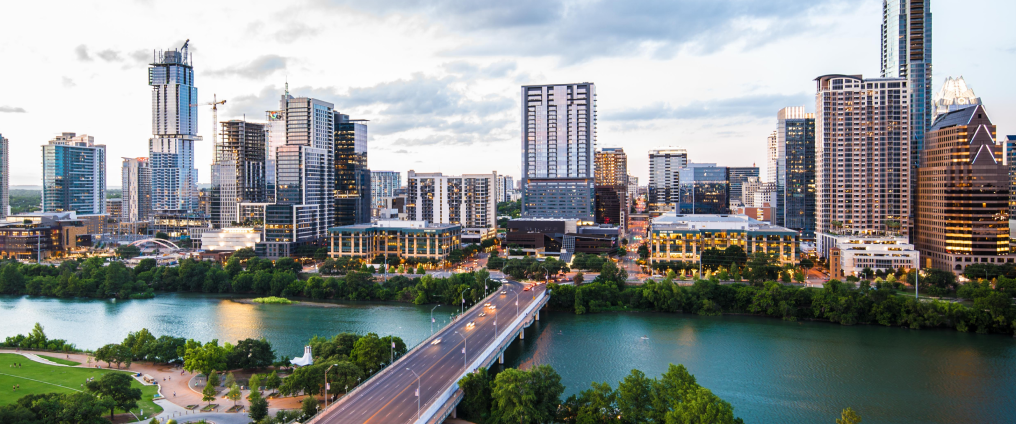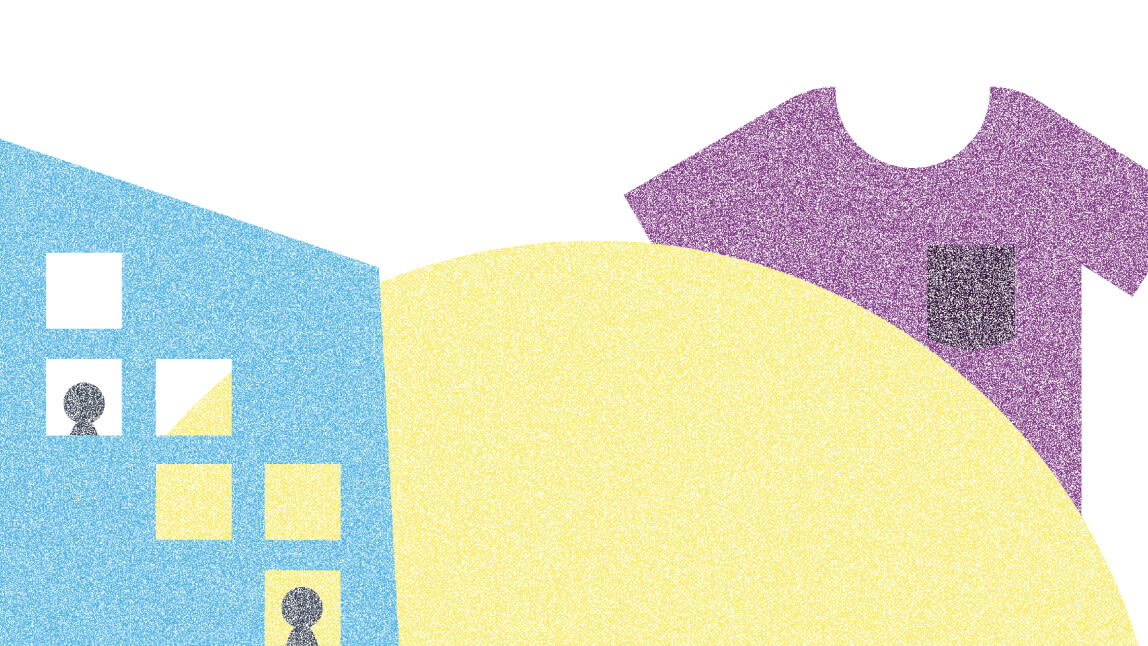The Austin Materials Marketplace is an online platform where businesses can exchange waste and by-products with organisations that can reuse them.
Summary
As part of its ambition to reach zero waste by 2040, the City of Austin set up its Materials Marketplace, an exchange platform for businesses and organisations to trade surplus construction and demolition materials, plastics, organics, and packaging. Between 2014 and 2020 over 600 trades were facilitated, diverting over 300 metric tonnes of material away from landfill, reducing waste disposal costs, and creating additional income for businesses. Through a complementary initiative, local circular economy entrepreneurs can win funding and business support, and avail of surplus materials with which to innovate.
How it started
The US Business Council for Sustainable Development (USBCSD) is a non-profit organisation based in Austin that works with businesses to find solutions to environmental and resource challenges. In 2014, it had already been working with businesses regionally and nationally to find ways of matching business’ material input needs with others’ material disposal needs. This work, along with other materials exchange programs in the US, was the inspiration behind the creation of an electronic ‘clearing house’, that matched supply with demand and diverted materials and products from landfill.
Austin Resource Recovery, an enterprise department within the City of Austin, led the development of the concept for a materials exchange programme for Austin. Planning, budgeting, testing and developing the Marketplace took approximately two years and policymakers were integral to the development. The concept was put out to tender, and USBCSD won the contract to develop and manage it, launching the Materials Marketplace in August 2014.
Team and budget
The programme was run by a Project and Contract Manager from the City of Austin alongside the USBCSD team. For each of the first two years of the initiative, the Materials Marketplace received USD 175,000 from Austin Resource Recovery, which was in turn funded through resource recovery rates and a clean community fee. The funding was reduced annually with the intention that the platform would generate revenue and become self-sustaining. However, the programme was unsuccessful in this endeavour, and the contract with USBCSD ended in April 2020.
Outcomes
The Marketplace provided opportunities for different types of organisations:
Manufacturers could find solutions for challenging waste and by-product materials they generated
Recyclers could find new customers and new buyers, and amplify their work.
Entrepreneurs could find supplies of materials with which to innovate and build new reusereuseThe repeated use of a product or component for its intended purpose without significant modification. and recycling solutions.
Local events allowed organisations and citizens to learn more about local circular economycircular economyA systems solution framework that tackles global challenges like climate change, biodiversity loss, waste, and pollution. It is based on three principles, driven by design: eliminate waste and pollution, circulate products and materials (at their highest value), and regenerate nature. innovations.
A sample of trades that took place via the Marketplace:
130 solar panels from Austin’s Transportation Department were reused by a local nonprofit both as an energy source and educational materials.
An Austin printing company’s byproducts - including flag fabric, canvas, vinyl, and mesh scrap - were collected by a local conservation and reuse non-profit, for resale to consumers such as teachers and artists. An estimated $2,000 worth of materials was reused rather than ending up in landfill, and 1.74 cubic tons of CO2 emissions were avoided.
881 cubic feet (almost 25 cubic metres) of desks, chairs, and benches from Austin Community College were reused by Austin Independent School District, creating a shared value of $10,753 and avoiding 4.99 metric tons of CO2 emissions.
About 1,400lbs of oyster shells were used to create a decorative lining for a pavilion.

Printing byproducts

Build-Create-Learn event
Between 2014 and spring 2020, over 600 trades were facilitated via the Marketplace, diverting over 300 tonnes of material from landfill, and saving over 950 million tonnes of carbon dioxide equivalent emissions. In total, over 500 participants engaged in the platform generating a net value of $648,000 when accounting for the cost of each item traded, the sellers’ estimated disposal cost savings, and the amount purchasers saved by not having to buy a new item. The Materials Marketplace won awards from the World Economic Forum, Environmental Leader, and the International Economic Development Council.
In 2015, Austin also launched the [RE]Verse Pitch Competition for local entrepreneurs together with the USBCSD and several additional community partners. While the Marketplace is no longer run by the City of Austin, the challenge continues to help connect companies with byproduct materials or commodities with entrepreneurs and businesses to develop innovative, scalable and profitable reuse solutions. The winners receive cash prizes and business support.
Reporting
As part of the commitment to running the Materials Marketplace and to qualify for ARR funding, the USBCSD reported back to the City of Austin on a monthly basis on trades between parties, including the value of the exchange (including avoided disposal costs and avoided costs of purchasing materials through other means), the type and quantity of products or materials traded, and their final use.
To determine the value of each trade and track how much material was diverted from landfill, each trade was given a weighted score according to the type and quantity of materials and products. For example, successfully diverting gypsum would receive a higher score than concrete, because there is a limited local market for gypsum and it generates toxic gases in landfill. The Waste Reduction Model produced by the United States Environmental Protection Agency was used to track and report greenhouse gas emissions reductions.
Connecting to wider waste prevention activities
To help achieve its 2040 zero waste goal, the City of Austin has a variety of other policy initiatives which help businesses avoid sending valuable materials to landfill, support entrepreneurs in the circular economy space, and provide opportunities for materials exchange.
The City’s Circular Economy Program provides advice and support to zero waste and circular companies, and promotes opportunities for local job creation. It compiled a Recycling and Reuse Enterprise Resource Guide with information on local programmes, services, resources, community groups, and regulations relevant to zero waste entrepreneurs.
The Universal Recycling Ordinance mandates commercial property owners in Austin (such as apartment blocks, office buildings and warehouse facilities) to provide convenient recycling access for tenants and employees. In addition to this, apartment block property owners will also have to provide access to commercial compostingcompostingMicrobial breakdown of organic matter in the presence of oxygen. services by 1 October 2024.
The City of Austin also has has supportive business programssuch as the Austin Energy Green Building Programme and the Green Business Leaders Programme. These help to build trust and collaboration opportunities among businesses in the circular economy space.
Insights and learnings
The City provided funding for a 2-year initial investment phase, aiming to then transition the Marketplace towards generating a self-sustaining revenue stream. This allowed the Materials Marketplace to be initially offered as a free service, but it made the transition to a fee paying structure harder, particularly amongst non-profit organisations or infrequent users.
Storage and transportation of products and materials was another learning area. The platform did not provide a dedicated storage place as it would have had liability and risk implications. However, this created challenges for platform users around transportation costs, logistics, and having limited storage for materials. Future projects could establish a dedicated warehouse to keep materials; however this would require the contracting party taking ownership of the material and would need to take into account rising real estate in the city. One option for future programmes could be to work with local third-party shippers to find appropriate fee-for service transport solutions.
These factors, along with an overall decrease in the number of transactions occurring on the platform, led to the non-renewal of USBCSD’s contract with the City of Austin in April 2020. Austin Materials Marketplace is now owned by Rheaply, a private platform facilitating the exchange of assets and materials. While it no longer operates the materials marketplace, the City of Austin is exploring Rheaply's service for internal use to exchange assets between City departments.
For more information visit: www.austinmaterialsmarketplace.org







